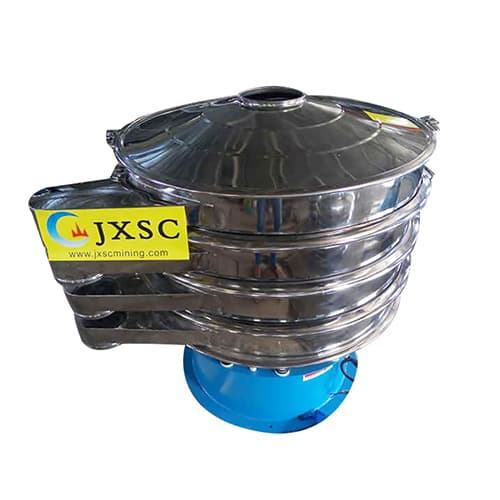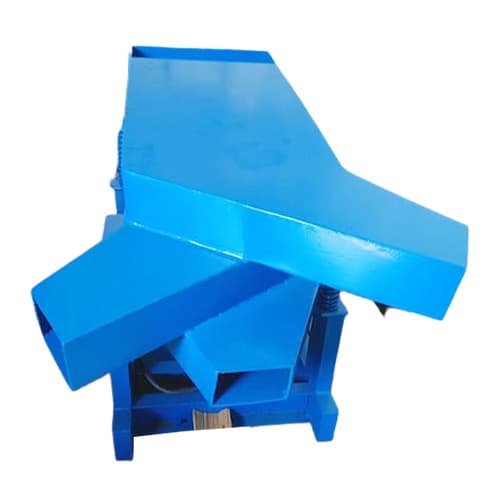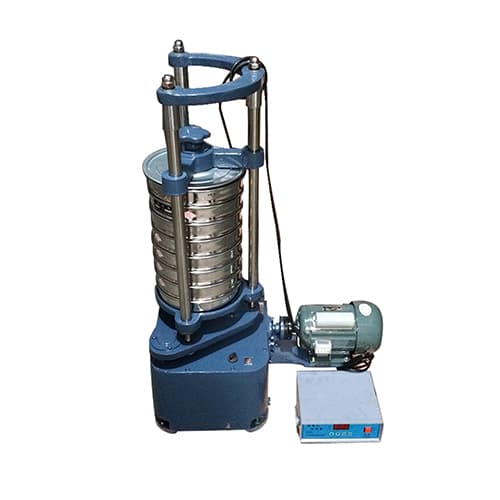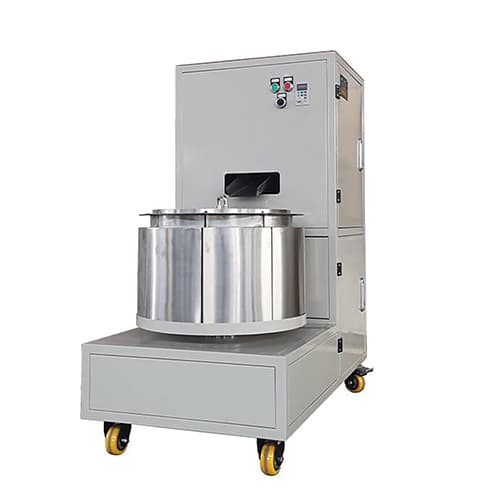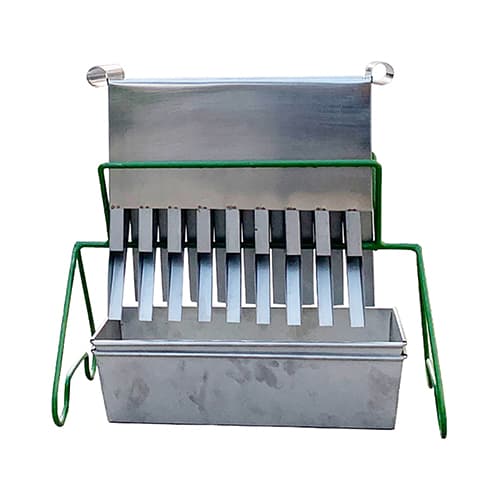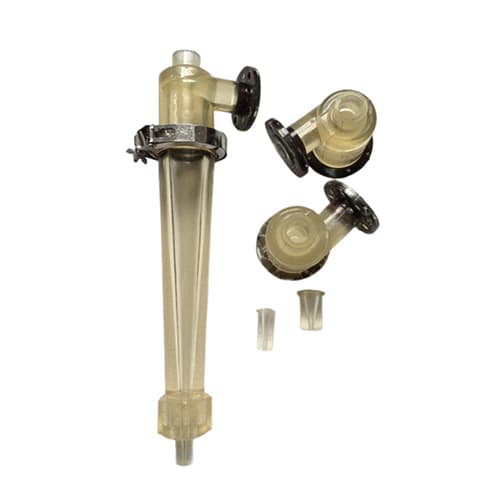what is it
Laboratory Rotary Slurry Splitter
Popular Models: The 911MPE-RSSD-12 rotary slurry sample splitter enables the uniform division of any pulp into a maximum of 12 equal samples.
Capacity: <2 L/min
Application: It is widely used for solid-liquid separation of materials in experimental fields such as chemistry, biology, geology, food, medicine, mineralogy research and sample preparation.
Description
The laboratory rotary slurry splitter separates solid particles from liquid in a (slurry) mixture. Its purpose is to divide a representative sample of a slurry or suspension into smaller representative portions for analysis, testing or further experimentation. The key advantage of lab rotary slurry splitter is its ability to separate samples evenly and accurately. It is often used in ore analysis, mineral precipitation, pulp separation and other experimental operations. In addition, our laboratory rotary slurry splitter has an automatic function, which can set the separation program and parameters, reduce the operation steps of the operator, and improve the efficiency of the experiment.
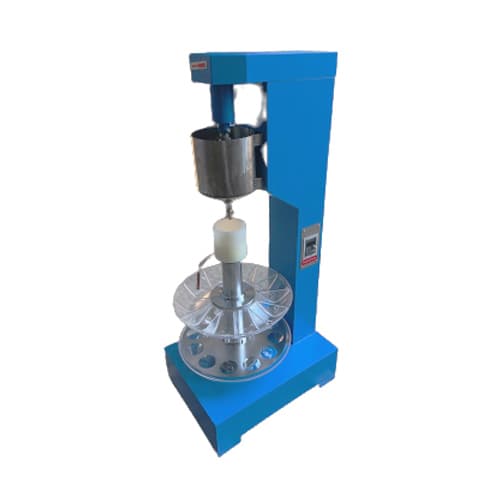
Advantages
High-efficiency separation
The lab rotary slurry splitter can quickly separate the solid particles and liquid in the sample in a short time, so it is suitable for experiments that require fast separation and improves work efficiency.
Adjustable Speed:
The user can adjust the rotation speed of the separator according to the experimental requirements, thereby controlling the magnitude of the centrifugal force to meet the separation requirements of different sample types.
Reagent-free
Compared with other separation methods, lab rotary slurry splitters generally do not require special reagents, avoiding problems that may affect the chemical properties of the material.
Save time
This lab rotary slurry splitter eliminates manual splitting or tedious separation processes, allowing researchers to focus more on analyzing data.
Principle
Laboratory rotary slurry splitter operate on the principle of rotational motion and gravity. It consists of drums or containers that place samples at even intervals in openings or chutes. The slurry is poured into the drum, and as the drum rotates, centrifugal force pushes the material toward the opening, allowing it to be divided into representative sub-samples. These parts can then be collected and processed separately.
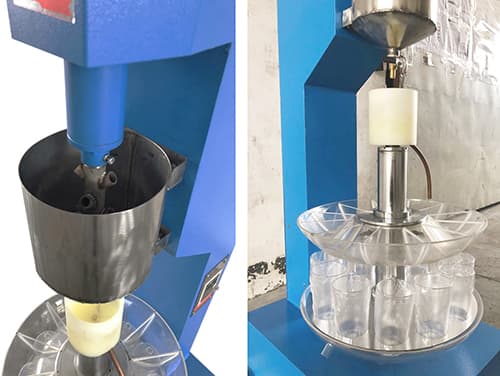
Specification
| Item | Unit | XSHF2-3 |
| Slitting Ratio | 12、6、4、3、2 for one time | |
| Relative Error in Weight | % | <2(when Splitting Ratio<6) |
| Feed Concentration | % | 5-50 |
| Feed Size | mm | <0.5 |
| Capacity | L/min | <2 |
| Volume of Mixing Tank | L | 4 |
| Mixing Motor Power | W | 120 |
| Mixing Motor Speed | r/min | 1390 |
| Speed of Mixing Impeller | r/min | <568 |
| Power of distributor | W | 90 |
| Speed of distributor | r/min | 40 |
| Total Power | W | 210 |
| Dimensions | mm | 550×420×1200 |
| Weight | kg | 90 |

